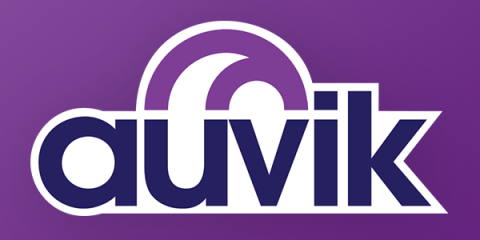Sponsored Post
Shared Inboxes Cause Inefficiency: Top 4 Reasons to Change
Shared inboxes have become a common tool in many businesses, particularly for shared services teams, customer service departments, and internal communication hubs. At first glance, they seem like a practical solution: a single place for team members to access and manage emails. However, the reality is that shared inboxes often lead to inefficiency, miscommunication, and workflow bottlenecks. If your business is still relying on a shared inbox system, it may be time to reconsider. Here are the top four reasons why shared inboxes cause inefficiency and what you can do to boost productivity.











